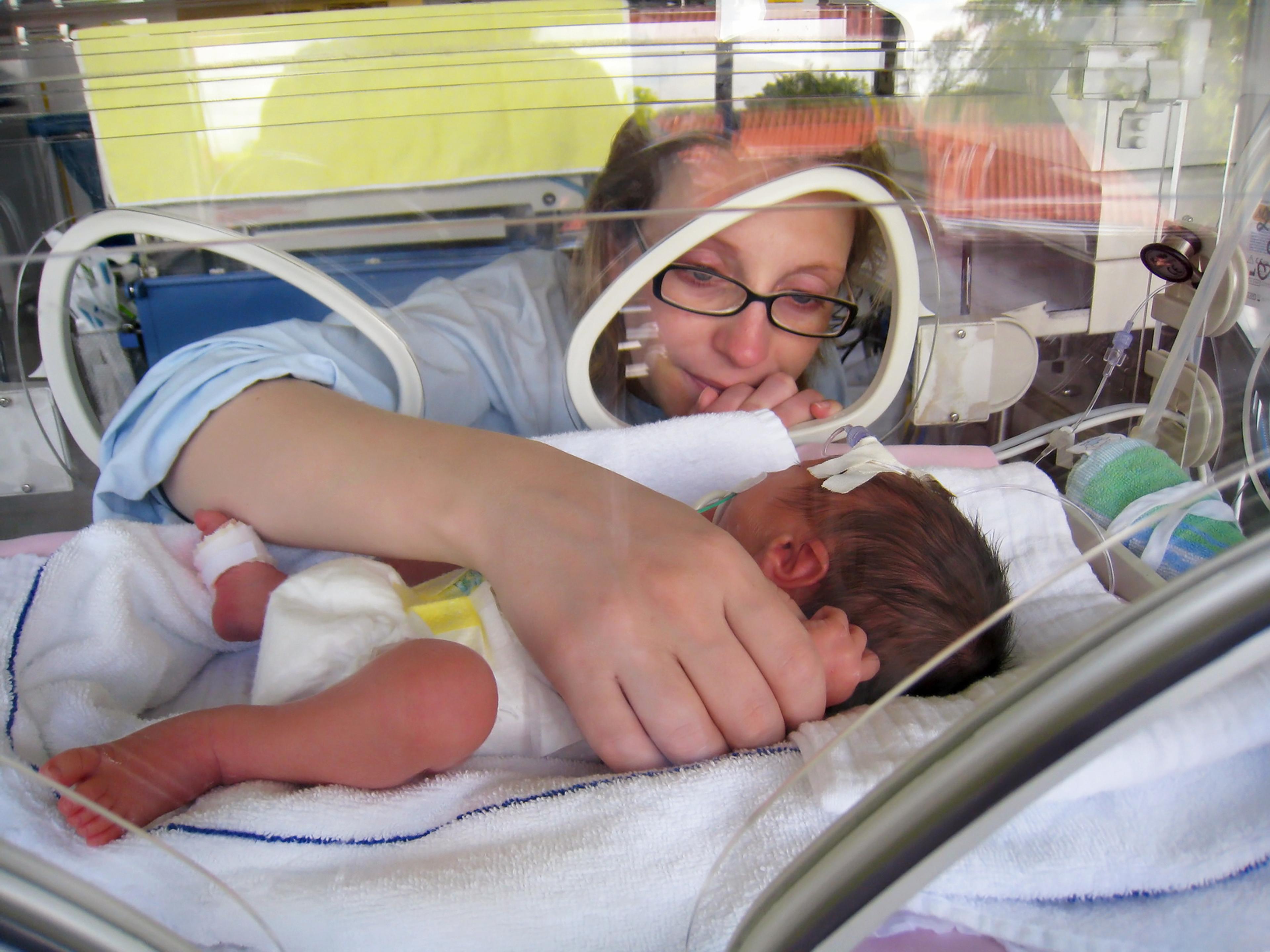Understanding How Birth Defects are Detected
Amy Barczy
| 3 min read
Amy Barczy is a former brand journalist who authored content at Blue Cross Blue Shield of Michigan. Prior to her time at Blue Cross from 2019-2024, she was a statewide news reporter for MLive.com. She has a decade of storytelling experience in local news media markets including Lansing, Grand Rapids, Holland, Ann Arbor and Port Huron.

Walking into my doctor’s office during both of my pregnancies was always an exciting time – I was so eager to learn more about my baby and how they were growing. Hearing their heartbeats always brought a tear of joy.
But during my first pregnancy I felt unprepared when my doctor asked me if I wanted to undergo a common blood test to screen for birth defects. It was a question I wasn’t ready for as a new parent. I quickly processed the weight of the type of information that test could bring: Do I want to do the test? Would I want to know the result? Would the outcome of the test change anything for me?
It’s a question only you can answer for yourself – and is deeply personal.
Defining birth defects
What I didn’t know then, but know now, is that birth defects are common (they affect one in 33 births). Birth defects can be found before birth, at birth or any time after birth. Some have known causes – like fetal alcohol syndrome – and can be prevented. However, most birth defects don’t have a specific cause and are believed to be caused by a mix of genetics, environmental factors and behavior.
Some birth defects are only detected once the child is born. Others can be detected before birth through prenatal screening tests. While screening tests cannot be used as a diagnosis, they can indicate that further testing may be warranted to determine if a diagnosis is needed. At times, screening tests can give a misleading result even if there is nothing wrong.
Talk to your doctor
Your doctor can help you understand your personal health history, and if you are at a higher risk for having a child with birth defects. Preventing birth defects starts by doing your best to have a healthy pregnancy, including stopping drinking alcohol and quitting smoking, and seeing a health care provider as early as possible in your pregnancy.
It’s important to see a doctor as soon as you think you’re pregnant to get on a schedule of prenatal checkups. There are some prenatal screening tests that occur during the first trimester between weeks 11 and 13 of pregnancy that are looking for defects in the baby’s heart or chromosomal disorders. These tests typically include a blood test and an ultrasound.
During the second trimester, other screening tests are conducted between weeks 15 and 20 of pregnancy. Ultrasounds are used to look for structural anomalies, blood tests are used to look for neural tube defects and markers of chromosomal disorders, and echocardiograms are used to look for heart defects.
Your doctor can help you understand next steps if any screening test returns an abnormal result. There are often additional tests available to assist in a diagnosis.
Check your coverage
While prenatal checkups are covered by health plans, coverage for some screening tests may vary depending on the carrier and plan type. Be sure to check your coverage before meeting with your health care provider.
Blue Cross Blue Shield of Michigan and Blue Care Network members can use online tools at bcbsm.com to help understand and compare associated costs. Additionally, members can check their coverage by logging in to their member accounts online at www.bcbsm.com.
Find more health news and information on maternal health here on MIBluesPerspectives.com.
Photo credit: Getty Images





